

|
|
|


|
|
1/10 Scale Nitro Formula One Car:
Kyosho 049 Espo Larrousse 90 - 4232
|
Released by Kyosho in 1990, the 049 Espo Larrousse 90 Nitro Formula 1 Car - # 4232 - was based on the Lamborghini 3512 V12 engined car driven by Eric Bernard and Aguri Suzuki in the 1990 F1 season, finishing 6th overall in the Constructors' Championship with eleven points.
The Nitro version of the Espo Larrousse Lamborghini Lola LC90, came as an unassembled kit, with an unpainted polycarbonate Bodyshell, a Cox .049 Engine with Muffler and Heatsink and one-piece plastic Wheels with semi-pneumatic Rubber Tires. A Radio System, Fuel and Glow-Plug Batteries to be purchased separately.
Now considered rare, all the early 1990s Kyosho F1 RC models are much sought after by ardent collectors the world over.
Check out our Kyosho Archive for other F1 models.
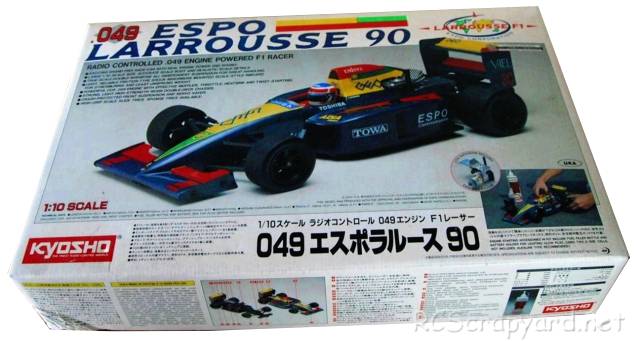
The 2WD model is based on a molded plastic double deck chassis, with front "crash-back" system incorporating two O-rings (previously used on a number of Schumacher models), A-arm double wishbone suspension, with pushrod actuated coil spring over friction dampers (front inboard), bevel gear type differential, dogbone drive-shafts and bushings.








|
|
|

★ Kyosho 049 Espo Larrousse 90 ★
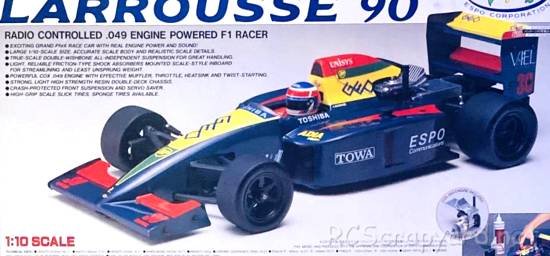
★ Kyosho 049 Espo Larrousse 90 ★
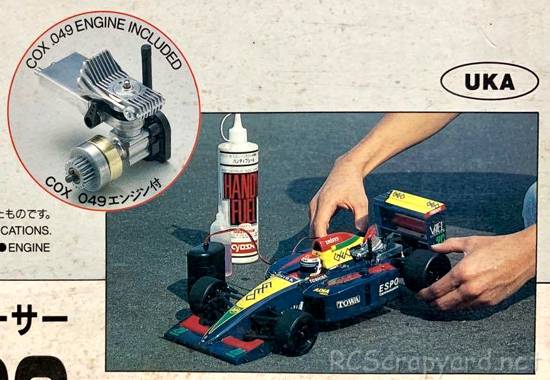
★ Kyosho 049 Espo Larrousse 90 Chassis ★
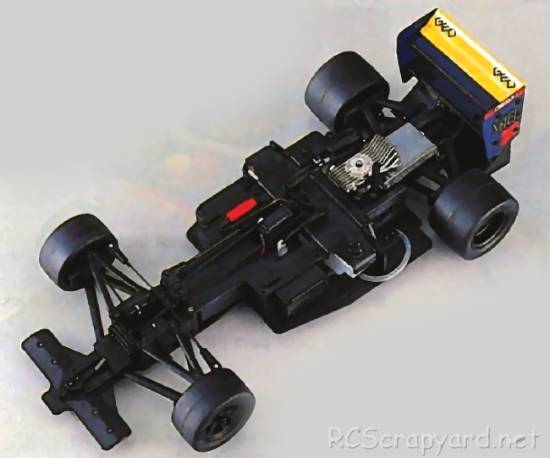
★ Kyosho 049 Espo Larrousse 90 Chassis ★
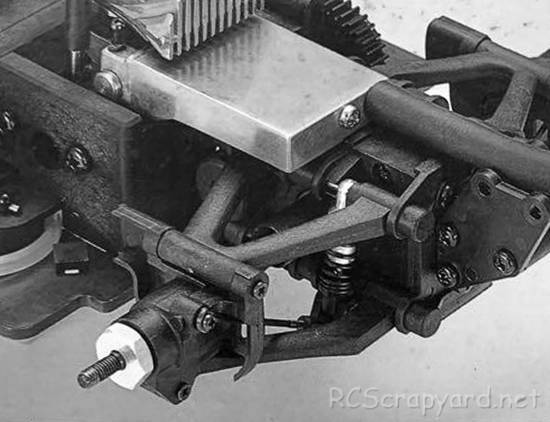
★ Kyosho 049 Espo Larrousse 90 Chassis ★
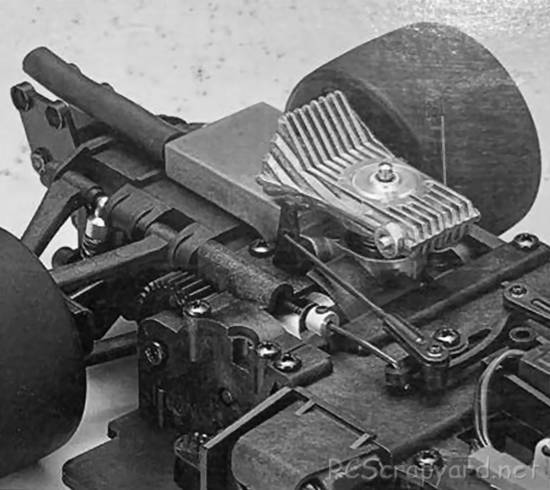
★ Kyosho 049 Espo Larrousse 90 Chassis ★
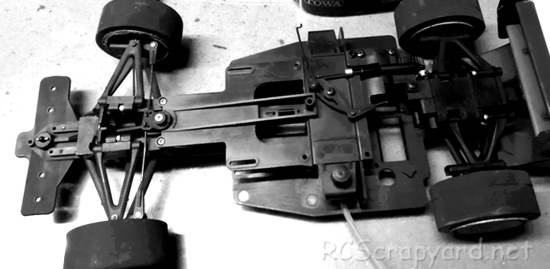
★ Kyosho 049 Espo Larrousse 90 Chassis ★
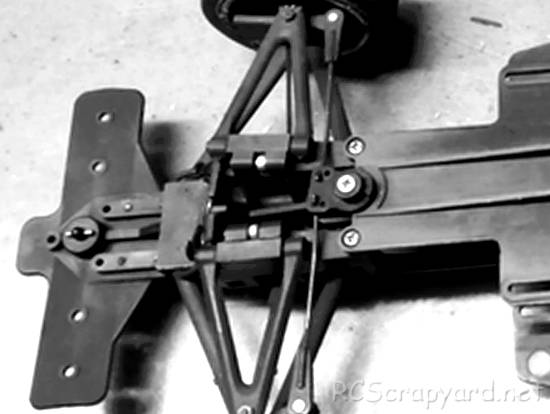
★ Kyosho 049 Espo Larrousse 90 Chassis ★
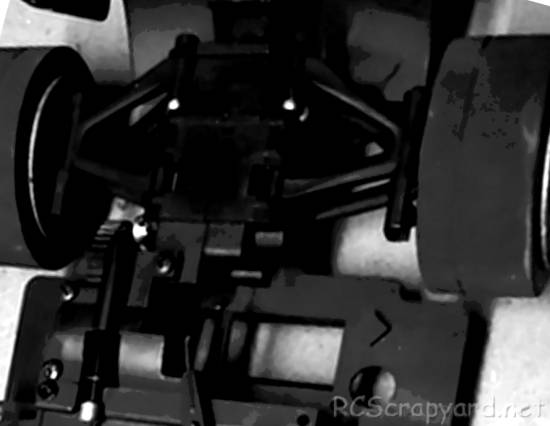
★ Kyosho 049 Espo Larrousse 90 Chassis ★
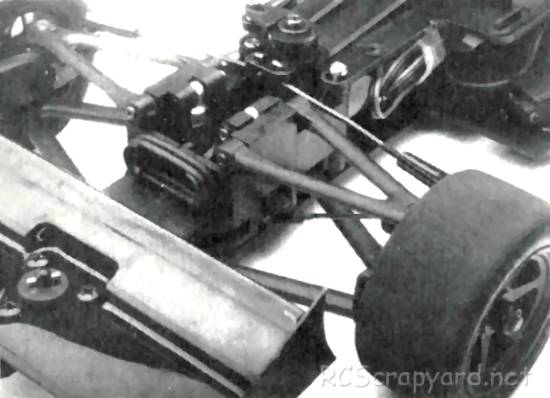
★ Kyosho 049 Espo Larrousse 90 Chassis ★
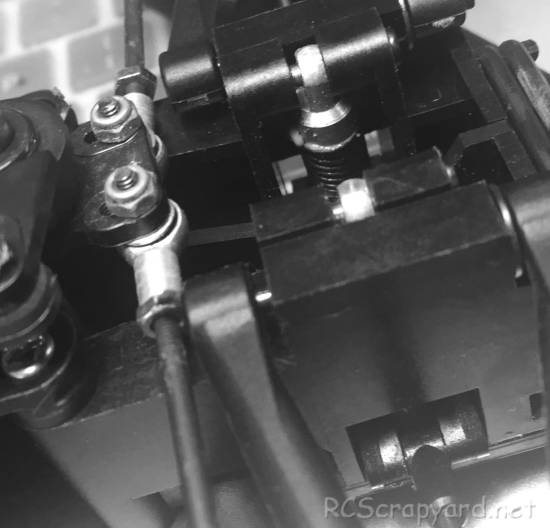
★ Kyosho 049 Espo Larrousse 90 Chassis ★
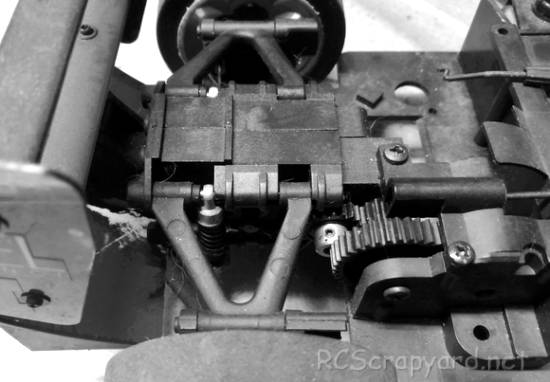
★ Kyosho 049 Espo Larrousse 90 Chassis ★
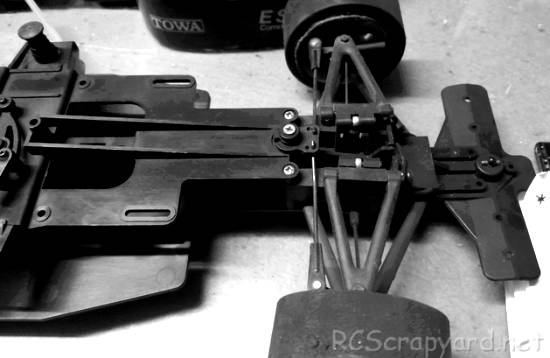
|
Buying a Used Radio Controlled Model
|
|
Manufacturers and Brands Catalogued, Listed and Reviewed by RC-Scrapyard.
At present, the RC Model Manufacturers, Brands and Distributors covered by us are: ABC Hobby, Academy, Acme Racing, Agama Racing, Amewi, Ansmann Racing, ARRMA, Team Associated, Atomic RC, Axial, AYK, Bolink, BSD Racing, Capricorn, Carisma, Carson, Caster Racing, Cen, Corally, Custom Works, Durango, Duratrax, ECX - Electrix, Exceed RC, FG Modellsport, FS-Racing, FTX, Fujimi, Gmade, GS-Racing, Harm, HBX, Helion, Heng Long, Himoto Racing, Hirobo, Hitari, Hobao, Hong-Nor, Hot Bodies, HPI, HSP, Intech, Integy, Jamara, JQ Products, Kawada, Kyosho, Losi, LRP, Maisto, Mardave, Marui, Maverick, MCD Racing, Megatech, Mugen, New Bright, Nichimo, Nikko, Nkok, Ofna, Pro-Pulse, Protech, PTI, RC4WD, Redcat Racing, RJ-Speed, Robitronic, Schumacher, Seben, Serpent, Smartech, Sportwerks, Step-Up, Tamiya, Team-C Racing, Team Magic, Thunder Tiger, Tomy, Top Racing, Traxxas, Trinity, Tyco, Vaterra RC, Venom, VRX Racing, WLToys, X-Factory, Xmods, Xpress, Xray, XTM, Yankee RC, Yokomo, ZD Racing and Zipzaps. |
|
Hints, Tips and Information
Preparing your New Nitro Engine
1/ New RC Gas Engines need running or "breaking" in before being used competitively. 2 or 3 tanks of fuel are usually enough, but don't over rev the engine and try to keep it cool, below 160 degrees F (71 degrees C) |
|
Hints, Tips and Information
Gearing to Win
Just because you have the latest model, the best available batteries, the most powerful electric motor or nitro engine, doesn't mean you will go out and win everything in sight. The fastest car on the track is rarely the one that wins, it's the one that can accelerate out of corners under control, and remains consistent and efficient from the start to the end of a race.
|
|
RC Models:
|
Radio & Motors: |
Other
Accessories: |